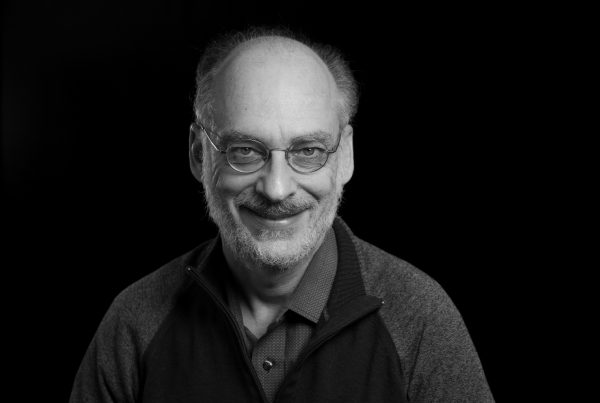I learned physics at the Autonomous University of Barcelona, and astronomy on my own and through some amateur associations in Catalonia. I did my PhD in astrophysics at Princeton University, graduating in 1991 with a thesis on gravitational lensing by clusters of galaxies and large-scale structure. I was a postdoc at the Institute of Astronomy in Cambridge, and a Long-Term Member at the Institute for Advanced Study. I joined the University of Pennsylvania as a professor of astrophysics in 1996, and then moved to The Ohio State University in 2000. I have been back to Catalonia with an ICREA position since 2005, and I am at present doing research on astrophysics and cosmology at the Institut de Ciències del Cosmos in the University of Barcelona.
Research interests
I enjoy searching for physical explanations of what we observe in the Universe. My interests range over the formation of galaxies and their large-scale distribution, gravitational lensing and dark matter in the Universe, the intergalactic medium, and black holes in galactic nuclei. For many years I have focused on the large-scale distribution of intergalactic gas probed by absorption spectra in quasar spectroscopic surveys, which reveals crucial clues on both the initial conditions of the Universe and the formation of galaxies. At present I am looking at various techniques to inquire on the nature of dark matter, among them the observation of extremely magnified high-redshift stars close to the caustic curves of clusters of galaxies acting as gravitational lenses, the study of tidal streams of stars left by stellar systems orbiting the Milky Way galaxy, and experimental techniques to detect axion waves as a highly promising dark matter candidate.
Selected publications
- Jin, S et al. 2024, 'The wide-field, multiplexed, spectroscopic facility WEAVE: Survey design, overview, and simulated implementation', Monthly notices of the royal astronomical society, 530 - 3 - 2688 - 2730.
- Weisenbach L, Anguita T, Miralda-Escudé J, Oguri M, Saha P & Schechter PL 2024, 'Microlensing Near Macro-Caustics', Space science reviews, 220 - 5 -57.
- Müller CV & Miralda-Escudé J 2024, 'Limits on dark matter compact objects implied by supermagnified stars in lensing clusters', Monthly notices of the royal astronomical society, 536 - 2 - 1579 - 1585.
Selected research activities
I am participating in the development of the axion detection experiments RADES and CADEx. In RADES, with postdoc Saiyd Ahyoune, we are contributing to prepare the non-demolition detection of single photons in a resonant cavity using superconducting transmon qubits as sensors, and to the development of data analysis. In CADEx, I presented advances in a high-frequency axion search using Kinetic Inductance Detectors, at the 2nd General Meeting of COST Action COSMIC WISPers in Istanbul.
